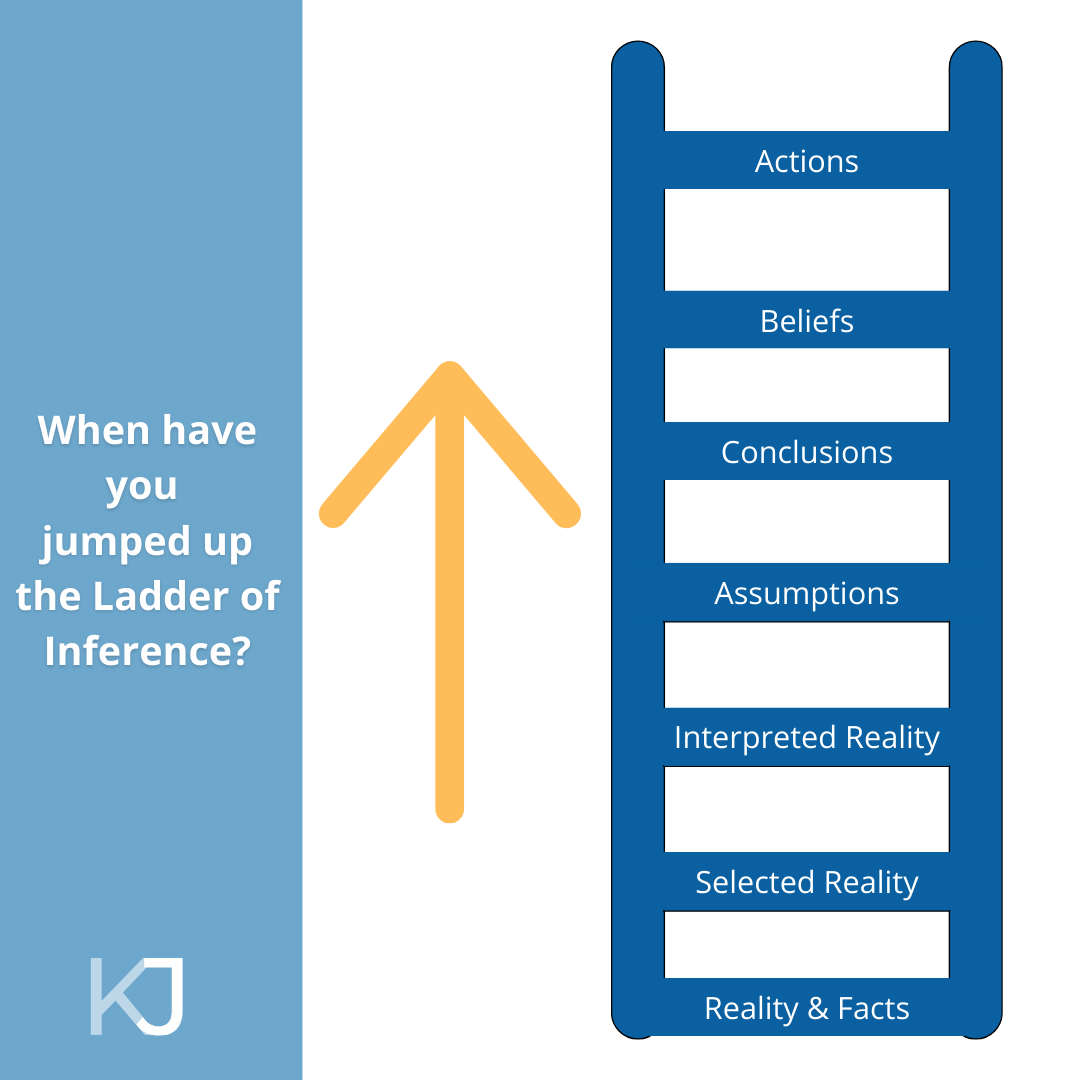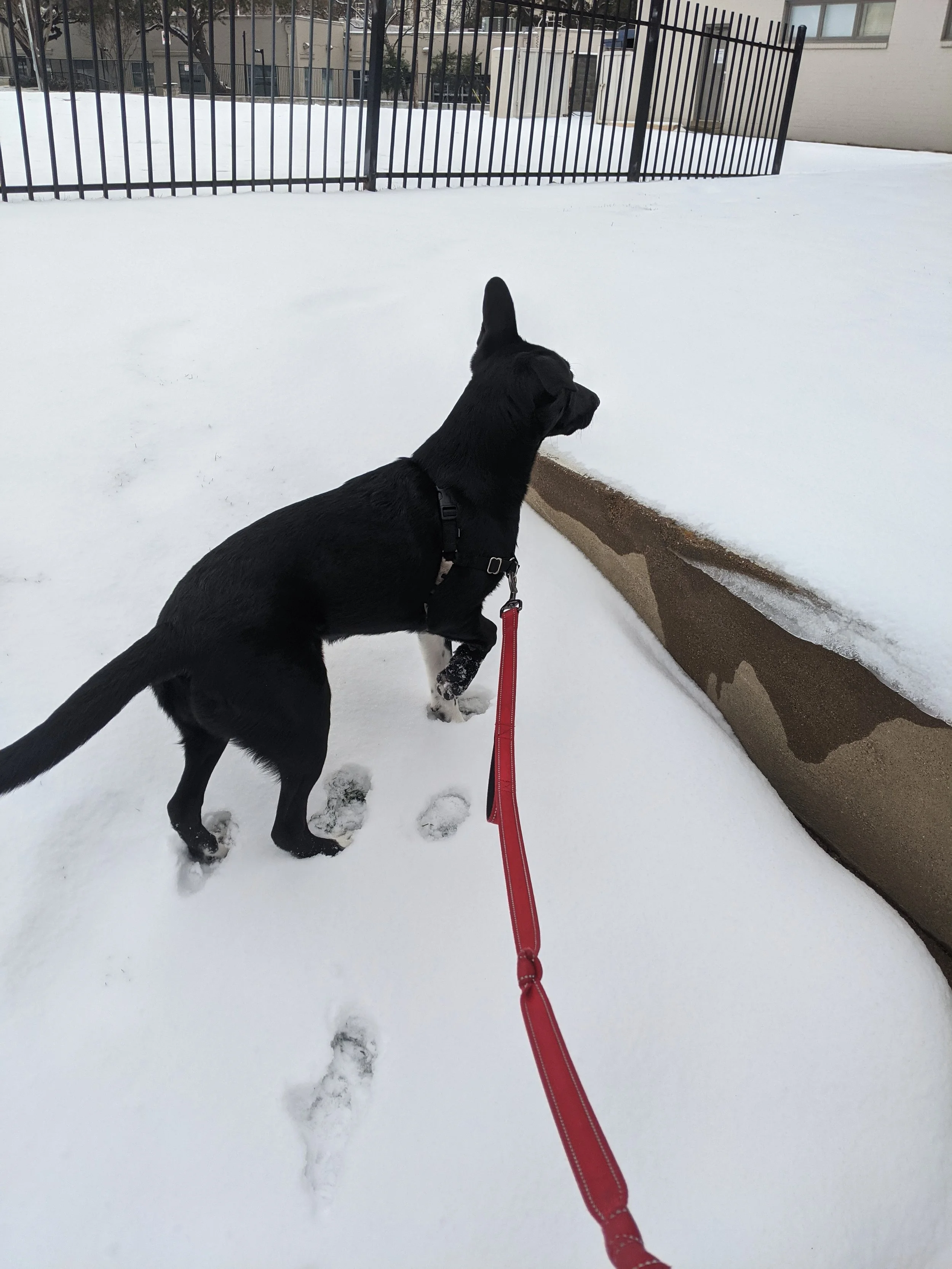"When we feel safe in the presence of another, our breath comes easily, our heartbeat is regulated, we don’t sweat nervously, our thinking is clear, and we feel open, expansive, and in sync."
- Zaretta Hammond, Culturally Responsive Teaching and the Brain
Our KJCG team loves supporting leaders at all levels - with or without an official “leadership” title. We love coaching brand new teams, teams that have worked together for a while, and teams that are experiencing transition. No matter what type of team we are supporting, we often step back for all participants to ground in our common humanity. We reflect on big picture concepts like: how our brains and bodies are connected, what are some needs that we all have, and how we might react to stress when we feel those needs are in jeopardy.
For instance, we know that we all need to feel physically and relationally safe to function at our best. When we feel one of those needs is threatened, we go into fight, flight, or freeze mode, our stress response signal is activated in our bodies, and we have a difficult time thinking straight until we process this stress or feel safe from the threat. We’ve done a lot of reading and research on this; thanks to Dr. Bruce Perry, Zaretta Hammond, and others for great insights here!
Since we all have this deep need for relational safety - in other words, for connection - at KJCG we help support leaders and teams with their team chemistry, connection, and navigating conflict. One tool that we love to use is the Ladder of Inference. The Ladder of Inference provides a frame for understanding how we process events, and it can often help us step back and recognize why something at work ignited our stress response system. Without taking time to pause and examine what's happening, our stress response can cause us to jump to unfounded conclusions, often compounding stressors and damaging our work relationships.
Let’s look at the ladder. On the first rung are Reality and Facts, followed by Selected Reality. It’s not possible for us to process all of the sensory information around us at once, so we select what to pay attention to, based on the limitations of our senses and the unique perspective of our own lived experience. Our perspective also causes us to Interpret that reality in a certain way. Next, we make Assumptions, draw Conclusions, and create or adjust our Beliefs based on our Selected and Interpreted Reality. We then Act on those beliefs, conclusions, assumptions, and so on. This is a natural process that all humans go through to protect ourselves and survive. But it’s a process we want to be aware of to better understand how we and others react to events based on incorrect assumptions, and what we can do about it.
The Ladder of Inference - adapted from Argyris, C., 'Overcoming Organizational Defenses: Facilitating Organizational Learning,' 1st Edition, © 1990.
We would all be better served by becoming more aware of when we “jump up the Ladder of Inference.” We get into trouble when we act on our assumptions without pausing to reflect on how we are jumping to conclusions. When we act too quickly based on our Selected Reality and Assumptions, we cause ourselves additional stress, can add stress to our teammates’ lives, and can make a tense situation even worse. Thus, there is power in the pause. When we pause and take time to reflect, we can avoid some stress on ourselves and teammates.
Let’s think through an example. During the height of the pandemic I adopted a pupper. As a cattle dog, her natural instinct is to herd and to protect me, and she is not used to people coming into the house often. One day a man pulled up to the driveway in a brown box truck, wearing a brown hat with a matching brown short-sleeved collared shirt and shorts. He grabbed a box out of the back of the truck and walked down the driveway towards the door. I became excited, while my dog activated her protector mode and ran towards the door barking.
Why did we react to this situation differently? Let’s consult the ladder of inference. We observed the same Reality and Facts, but our Interpreted Reality was dramatically different, and based on our interpretations, we made different Assumptions, Conclusions, had different Beliefs about what was going on, and as a result - Acted differently. I assumed that the UPS driver was delivering a package that I ordered, while my dog assumed she needed to protect me from a potential threat. Of course my dog is not a human, but this example is a fun way to think about how to use the ladder of inference as a reflection tool.
To use a work example, let’s say my boss emails me and just says, “Meet me at 4:00 in my office.” Depending on my previous work experience with this boss and other managers, I might get super worried. My Interpreted Reality might cause me to assume that I’m “in trouble” for something I did, and I need to prepare a response so I’m not caught off guard in the meeting. This might take up a ton of mental energy, take my focus away from current priorities, and cause me a lot of stress as I try to figure out what I did wrong and what to do about it. If I jump to the conclusion that my boss wants to reprimand me for not finishing a project yet (though it is due in 2 weeks), I might start out the meeting by saying, “I know why you called me in here. I’m going to drop everything and work after hours until the project is done.” Instead, my manager might say, “Hey, no worries, that’s not why I asked you to meet me. We know you did a great job on your last project. There’s an opportunity for you to present your work at a conference next month, and I wanted to give you a heads up so you can start prepping.”
Though of course it’s natural and a survival instinct for us to interpret reality and try to guess what might be going on, we are better served when we become aware of these tendencies. The Ladder of Inference gives us a way to interrupt less helpful behaviors when we feel ourselves getting stressed out over assumptions, by taking time to reflect, and address what might be at the root of an issue. It takes practice, but there are plenty of opportunities to do that. Have you used the Ladder of Inference before, or need a coach to get started? Reach out to let us know!










